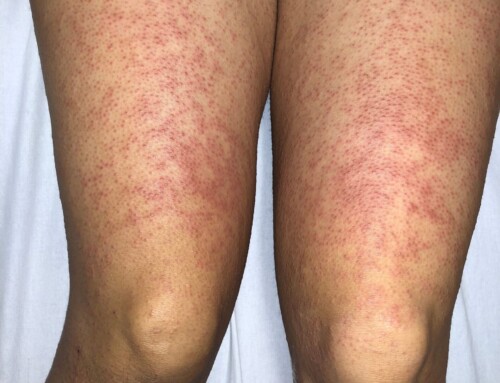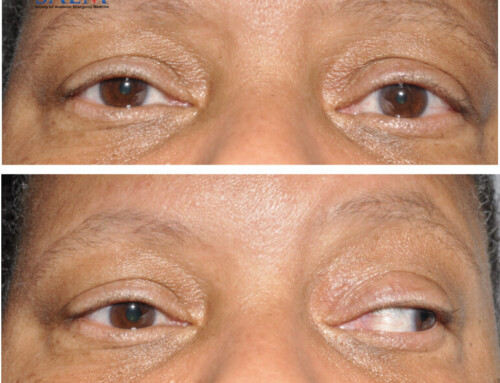A 49-year-old male presented to the emergency department of an academic hospital with the chief concern of penile pain. Prior medical history is notable for end-stage renal disease on hemodialysis three times per week, but the patient has not been dialyzed in the past four days, hypertension, insulin-dependent diabetes mellitus, heart failure with reduced ejection fraction (59% two months prior), seizure disorder, prior pulmonary embolism (eight months prior), a left nephrectomy seven months ago due to a gunshot wound, bradycardia status post permanent pacemaker, duodenal ulcer, and dry gangrene of the left foot. The patient was recently admitted to the hospital eight days prior to presentation for purulent urethral discharge where he received a course of topical antibiotics and was discharged. The patient stated he had 10/10 sharp penile pain since discharge from the hospital. He followed up with all “appropriate” appointments. He noticed that his penis started becoming discolored. He then noticed the pain start and grow in intensity without radiating anywhere else except the glans. He denies any discharge or pain with urination with 2-3 small volume voids daily but denies urine trapping.
SAEM Clinical Images Series: Penile Lesion with a Poor Prognosis
2023-12-03T21:17:31-08:00
By: Kyrillos Attaalla, MD, George Mina and Aislinn Black, DO |Editors: Jessica Hoglund, MD; Moises Gallegos, MD, MPH







